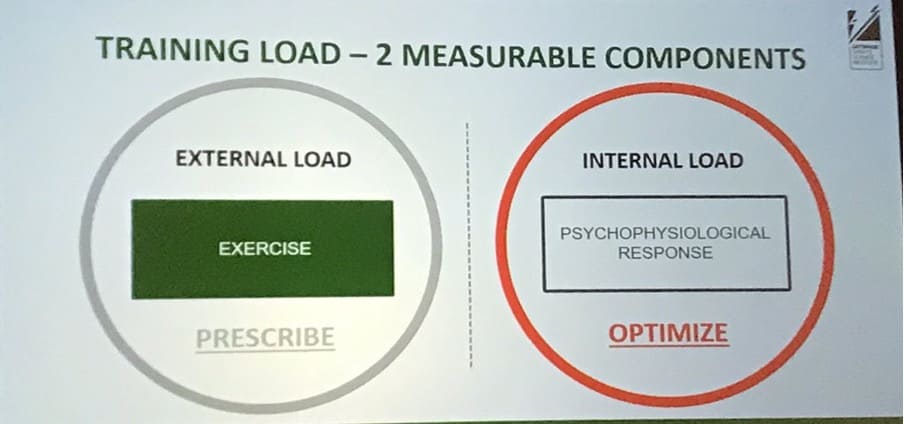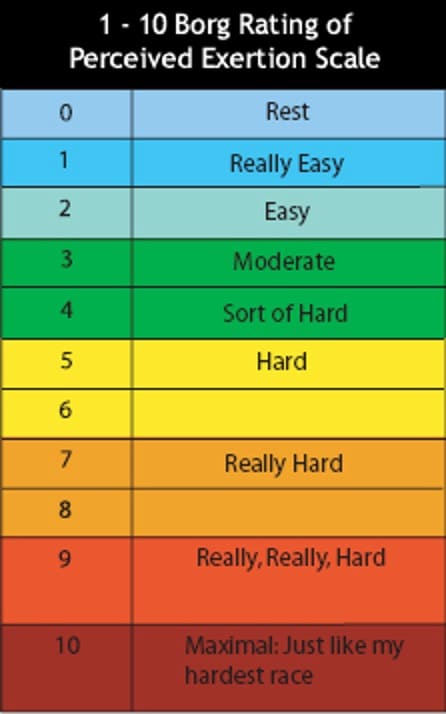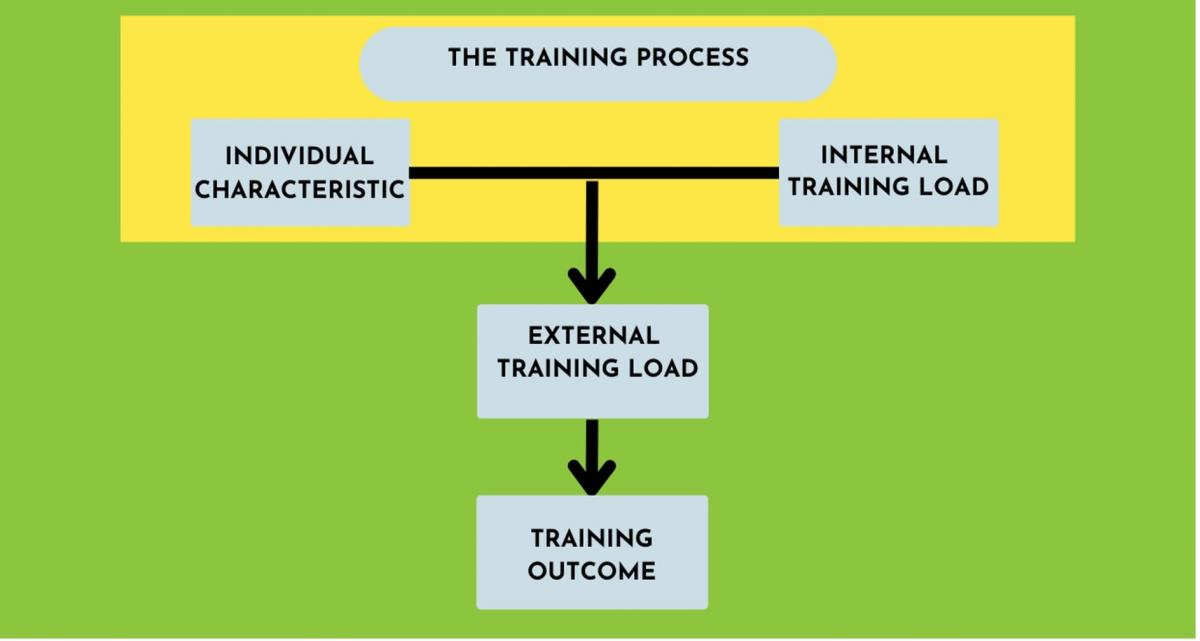Are You an Athlete and Loading Yourself Appropriately?
Athletes and every one of us indulged in exercise training are very familiar with the term “load management.”. You may spend the game on the bench on any given day during the regular matches because of mal loading. But what exactly is “appropriate load?”
What is "Load"?
Load is a phase through which an athlete’s performance is improved. It consists of physical exercise or movement leading to fatigue. This fatigue pushes the muscle to function in its maximum capacity . Therefore in training load, fatigue is important for any kind of sports performance. If the load remains constant then there will be stagnation in the performance.
"Load Management” is a multifactorial approach to maximizing performance and preventing injuries. In essence, it’s all about making sure that we aren’t over-trained or under-trained to prevent possible injuries. Poor load management creates peaks and valleys that eventually increase the risk of injury and decrease performance.
In order to gain an understanding of the training load and its effect on the athlete, a number of potential markers are available for use. When monitoring training load, the load units can be thought of as either external or internal. External load is defined as the work completed by the athlete. Internal load is the relative physiological and psychological stress imposed by the application of the external load. It is critical in determining the training load and subsequent adaptation or progression. For example, If I run every other night in the park without much planning and adherence to the principles of sports training, sooner or later pass the same track may be quicker, but also feeling more relaxed, which is a simplified functional change. Psychosocial changes in this case represent my daily effort and responsibility run out every night out.

The variables that can be used to monitor training load and subsequent fatigue include:
RPE (The Borg Rating of Perceived Exertion)
This is a popular method of the intensity level of physical activity, categorised by a rating of 1 to 10 as shown in the chart below.

VAS Visual Analog Scale

Best Practices on Internal and External Load in Training an Athlete
Intervention strategies based on the markers of internal load and external load may decrease overload factors and improve recovery. There are tactics that can be applied to manage internal and external load and overload.
- An effective tactic to manage external load is a customized periodization program with monitoring .
- An effective tactic to manage internal load is an ongoing training program that addresses physical, physiological and psychosocial demands

There are a number of benefits of load training in addition to the injury avoidance related to communication and relationship building with athletes, support staff, and coaches. When athletes are involved in monitoring, this can enhance their feeling of involvement in the training program, empower them, and increase their sense of ownership.
You may consult your physiotherapist to have your customised load progression protocol in accordance to your physiological , physical and goal based activity requirement.
Written by: Vriddhi Lalai (Physiotherapist)
A spine enthusiast and an orthopaedic rehab post graduate from UK, Vriddhi works towards the goal of enlightening and teaching an individual in exploring the root cause of their ailment and helping them treat it while using their own body capacity to heal itself to maximum with minimal dependence on external sources.
References
Hoyo M, Pozzo M, Sanudo B, Carrasco L, Gonzalo-Skok O, Dominguz-Cobo S, Moran-Camacho E. Effects of a 10-week In -Season Eccentric-Overload Training Program on Muscle-Injury Prevention and Performance in Junior Elite Soccer Players. International Journal of Sports Physiology and Performance. Vol. 10, Issue 1, 46-52.
Halson SL. Monitoring training load to understand fatigue in athletes. Sports Med. 2014 Nov;44 Suppl 2(Suppl 2):S139-47. doi: 10.1007/s40279-014-0253-z. PMID: 25200666; PMCID: PMC4213373.
Wallace LK, Slattery KM, Coutts AJ. The ecological validity and application of the session-RPE method for quantifying training loads in swimming. J Strength Cond Res. 2009;23:33–38. doi: 10.1519/JSC.0b013e3181874512.
BOOK AN APPOINTMENT TODAY
Come to our Physiotherapy clinic in Niti Bagh, Delhi for a chat with one of our expert physiotherapist to plan the right Physiotherapy treatment for you to get rid of pain in no time.
 Book an Appointment
Book an Appointment